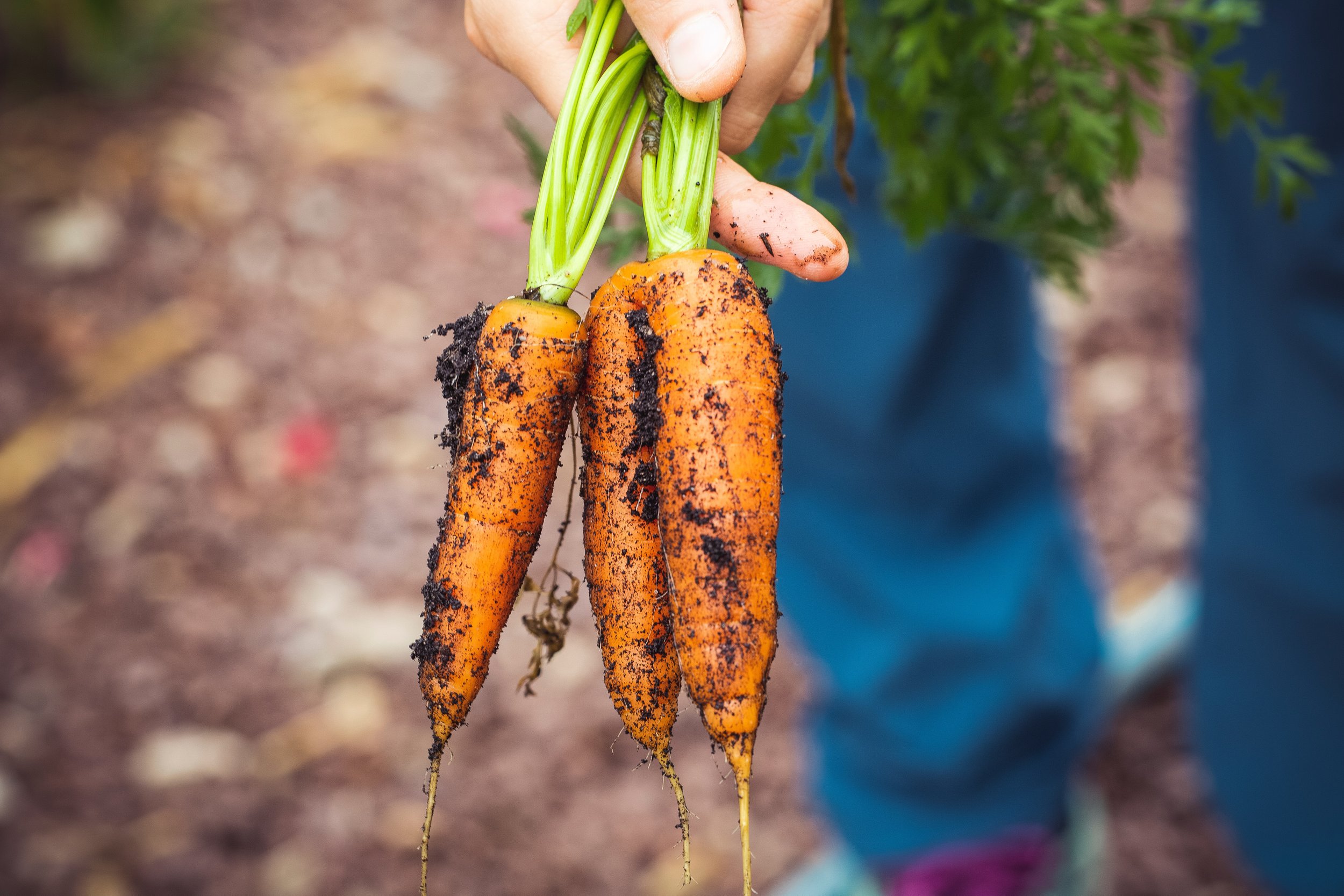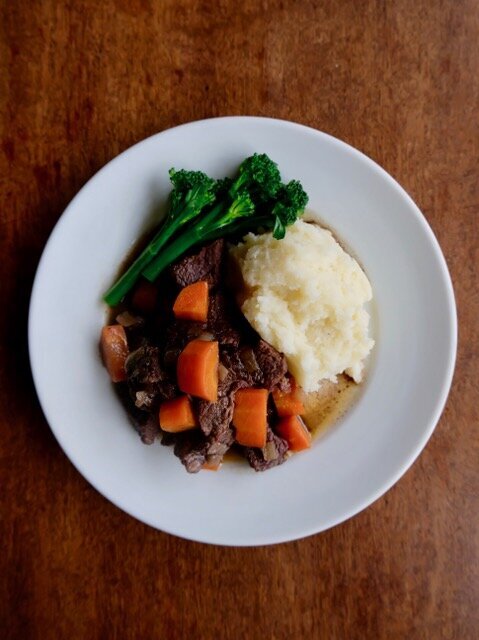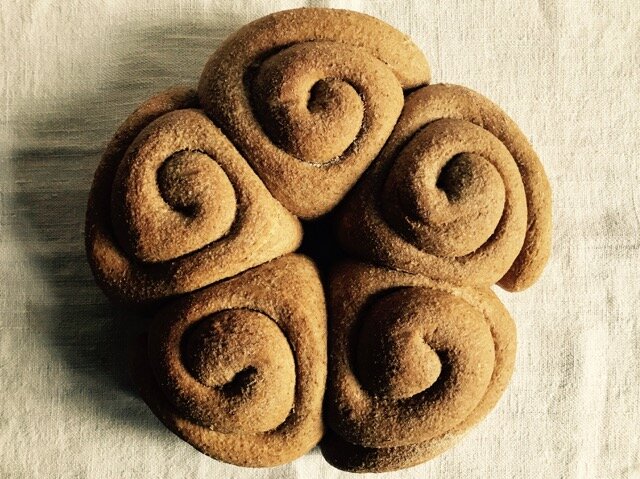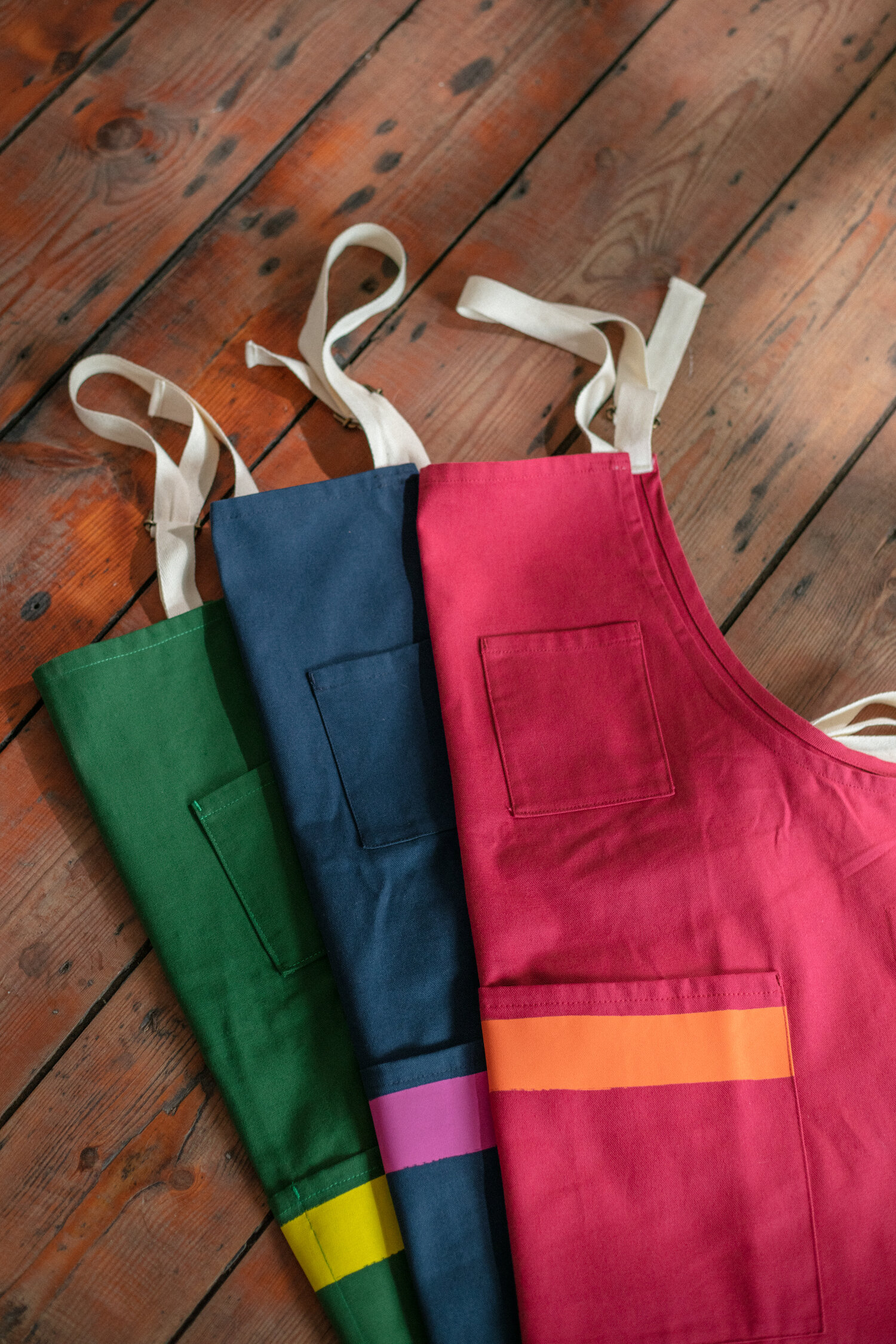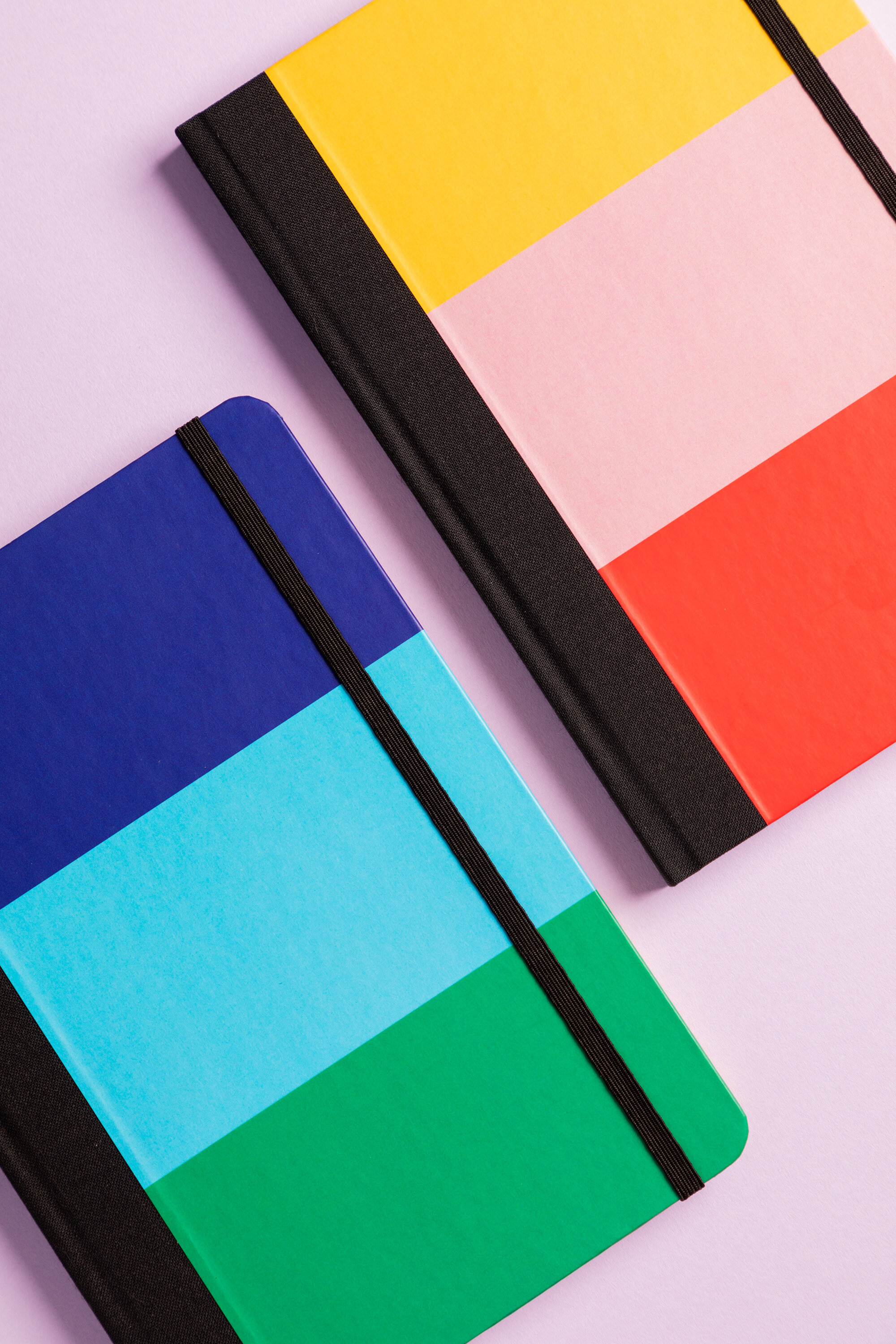Anna Jones’ Top Tips To Prevent Food Waste
By Anna JonesAlong with eating mostly plants, reducing the amount of food we waste is one of the most impactful things we can do to reduce our food footprint, and will also save us money. At home, we try to run a tight ship but even with the best intentions, a little food that could have been eaten makes it into the food waste bin. These are some of the most wasted foods in the UK, with a handful of ideas of what to do with them.
Image by: Issy CrokerBread (and cakes and pastries).
Buying good-quality bread means it lasts longer. If possible, this means bread made at a bakery with few ingredients and no preservatives. Storing your bread in a wooden bread bin and/or in a sealed cotton or paper bag will give it the longest life.
Freeze
The simplest and most obvious way to extend the life of your bread. Slice or tear into pieces or blitz into breadcrumbs and store in (re-useable) bags until needed. This goes for cakes/muffins/pastries too.
Add to soup
Tear stale bread into soup 5 minutes before serving in the style of the Tuscan soup ribollita, adding olive oil to finish. The bread gives a brilliant creaminess. Sounds weird but it’s genius: trust me.
Make croutons
These elevate soup or salad (see Panzanella below). Cut the bread up into cubes or small pieces, toss in a generous amount of olive oil, salt and pepper then roast in a hot oven at 180oC/160oC fan/gas 4 for 5–10 minutes until golden and crisp on the outside but still chewy on the inside. Leftover croutons can be kept for up to 5 days in an airtight container.
Make Panzanella
A bread salad, traditionally made with tomatoes and olive oil – the bread mops up all the juices. Mix well-salted, chopped fresh tomatoes with a little red wine vinegar, add torn stale bread, then lots of olive oil and basil. A winter version can be made with roasted roots in place of the tomatoes.
Bagged salad.
Bagged salad is one of the most annoying things when it comes to waste. First, it is expensive. Second, it’s hard to store without damaging it, and third, it can go from edible to revolting in the blink of an eye. I tend not to buy it unless I know I can use it almost straight away. I go for sturdier whole lettuces like Little Gem, Cos and radicchio; this tends to work out cheaper too.
If you do buy bagged salad, store it at the top of a salad drawer or in the fridge with nothing on top of it and eat it quickly once open. Or store as follows: line a container (ideally glass) with a piece of kitchen paper and place the leaves inside, being careful not to pack them too tightly to avoid bruising. Cover with another sheet of paper, pop the lid on and store in the fridge. The paper and cloth help absorb extra moisture, keeping your greens fresher for longer.
If your salad does wilt, don’t throw it away. You can restore a droopy leaf to its original perkiness simply by refreshing it. First, remove any brown or mushy leaves, then refresh the rest in a bowl of cold iced water for 5–20 minutes with a few slices of lemon and a sprinkle of salt. Then lift the leaves out of the water and allow them to drain or spin in a salad spinner before serving or storing as above. If it’s past its best but still okay to eat you can use it as follows.
Freeze
You can freeze bags of salad and use them directly from the freezer for adding to soups or stir-frying. Obviously, they are not good for eating raw once frozen.
Pesto
Rocket/watercress/peppery leaves can be used like basil to make pesto. Once made,
it can be kept under oil in the fridge for at least a week, prolonging its life even further.
Soup
All green lettuces/watercress/rocket can be added to soup (blended or chunky); you can even make them the hero of the dish. Transform watercress/rocket by blending with a little cooked potato, hot water and a dash of cream to make a simple watercress soup. Or make a refreshing chilled soup with delicate leaves, like Cos and Romaine blended with cucumber, herbs, avocado, radishes, yoghurt and topped with olive oil.
Image by: Issy CrokerCheese
The carbon footprint of cheese is high (only beef and lamb are greater), so if you do buy it, please, please use it.
Storing
Always double-wrap your cheese in waxed paper, parchment or a beeswax wrap and then put it in a glass or plastic container lined with damp kitchen paper. Cover and put it in the top of the fridge, where the temperature is the most constant. It’ll keep very happily for as long as it takes to eat it.
Cheese trick
I learnt this tip from cheese queen Patricia Michelson of La Fromagerie. It’s a good trick. Put two bog-standard sugar cubes in the plastic box (see above) with the cheese, then seal and refrigerate. The sugar helps to regulate the atmosphere inside the box, keeping the cheese fresher. Over time, the sugar will start to melt, though hopefully you’ll have used the cheese before then. If not, clean the box, replace the cloth and put the cheese back in with new sugar cubes.
Best-before dates
I largely ignore the best-before dates on cheese. I use my nose, taste buds and instinct to tell if it’s okay. If mould forms it can be cut off and if the rest of the cheese still looks and tastes good, it’s okay to eat. Cheese rarely goes off. If the flavour gets too intense for you as the cheese ages (blues and soft cheeses can) then use it to cook with or mix with other milder cheeses to temper it.
Parmesan rind
(I use a vegetarian Parmesan.) Your old Parmesan rind might look unpromising, but it’s the most concentrated hit of flavour, a secret weapon. Added to vegetable soups (minestrone or ribollita) or stews it lends a deep umami, lip-smacking, indefinable, extra level of savouriness.
Image by: Issy CrokerPurchase Anna’s book, One via the link below.



